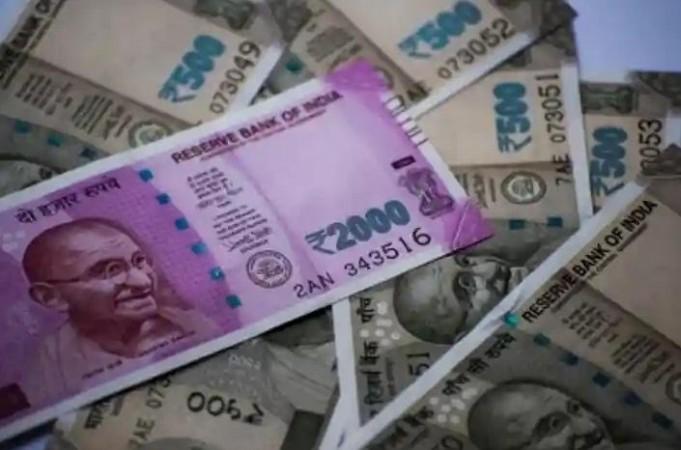
The Reserve Bank of India (RBI), on Friday, left the key policy rate unchanged at 6.5 per cent in its monetary policy review for the seventh consecutive time, with the aim of keeping inflation in check and ensuring that the economy moves on a stable growth path.
RBI Governor Shaktikanta Das said that the decision was made with five of the six members of the Monetary Policy Committee (MPC) favouring no change in the repo rate.
Das said the MPC decided to continue with the "withdrawal of accommodation" stance to control inflation.
The RBI would continue with its disinflationary policy to ensure a stable growth path for the economy, he added.
Das said that food price inflation continues to weigh on the trajectory going ahead.

The Central bank last changed rates in February 2023, when the repo rate was hiked to 6.5 per cent. The RBI had in fact raised rates by 2.5 per cent between May 2022 and February 2023, after which they have been kept on hold to support economic growth despite inflationary pressures in the past. Repo rate is the interest rate at which the RBI gives short-term loans to banks to enable them to meet their liquidity requirements.
Inflation has now come down to around 5 per cent and is well below the RBI's upper tolerance limit of 6 per cent, but the Central bank is determined to bring it down to its medium-term target of 4 per cent, which it considers ideal for stable growth in the economy.
RBI Governor Shaktikanta Das has stated several times that although inflation has been moderating, unless it falls to 4 per cent on a durable basis, the Central bank will not think of changing its policy focus.
Prime Minister Narendra Modi said at an RBI event on Monday that the Central bank must give top priority to growth but at the same time, focus on trust and stability.
With India continuing to clock the fastest GDP growth among the major economies, the RBI has ample headroom to keep interest rates on hold in the near term without hurting growth. The Indian economy had thrown up a surprise 8.6 per cent growth in the October-December quarter driven by government expenditure on big-ticket infrastructure projects and strong domestic demand.
The macroeconomic fundamentals of the economy have turned stronger with the fiscal deficit well in control following robust tax collections. The lower fiscal deficit will help control inflation as well as leave more money in the banking system for corporates to take loans for investments as the government needs to borrow less.
Economic indicators for the January-March quarter have also been encouraging with exports growing at a decent pace despite the disruption in ship movement due to the Houthi attacks in the Red Sea region. This has led to a decline in the current account deficit reflecting a stronger external balance of payments position.
(With inputs from IANS)

















